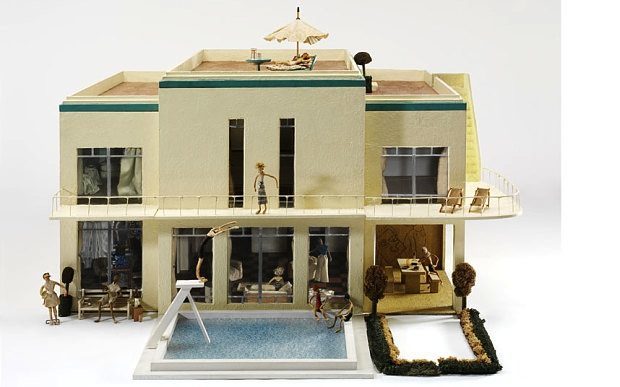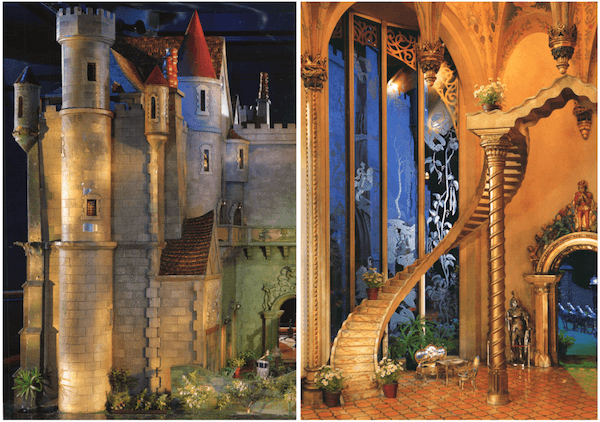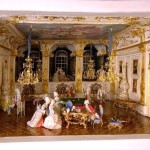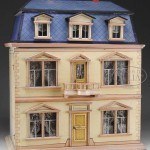Traveling Dolls Houses
The Social Structure
In 17th century Britain, Peers of the Realm controlled vast areas of land. Controlled, that is if they kept up the agreed income to the Crown. Fall short, and a Marquess, Viscount or Baron risked losing all or a portion of his land. It was customary a Peer to tour his holdings as soon as roads dried in the early summer and continue “showing the flag” until the first frost.
The Lady of the Manor often accompanied the Peer. An important part of her baggage might be a portable “baby” house, a replica or representation of the liege lords manor house. Usually beautiful works of miniature art, these dolls houses were used to impress lesser beings with the wealth and power of the Peer. It showed he was worthy of their trust and motivated them in the continuance of their rent payments, obtained from the village shops and farms in their domain.
A Teaching Tool
Learned from the practical Germans, the second purpose in many of these baby houses was to teach children the skills they would need to run a household. It could also teach the staff how to do their chores. The house would be an enjoyable way for them learn the practical aspects of household management, from the preservation of food to the acquisition and storing of linen.
Tate Baby House
One of the most famous of these portable dolls house is the Tate Baby House. With dimensions of 7.2′ high, 4.10′ wide and 3.6′ deep, it must have been an impressive sight when set up at its destination. It is a complex structure that comes apart in several sections, facilitating packing for travel. Made of painted wood, the Tate baby house is a classical building of brick with stone coigns and dressings.
The visiting dolls house would first have been on view at a welcoming reception of the Lord and Lady by the hosts and local notables. Guests would frequently bring small presents such as little silver kettles or salt containers for the baby house as a token of thanks for their hostess’s hospitality. Next would be the training sessions of children and staff. Only then might children be allowed to play with the house … under supervision.
Charity Fund Raisers
The 20th century saw a different use of the portable dollhouses – a fundraiser for charity. The art deco Whiteladies House, designed by the artist Moray Thomas as a record of 1930s contemporary life in miniature was one of the first. It was displayed at The Building Centre in New Bond Street in 1936 for the purpose of raising funds for the Middlesex Hospital.
The Victoria and Albert Museum exhibited the Whiteladies House at the Children’s Exhibition in 1936, and it remains there today.
The Fairy Castle
It is hard to call Colleen Moore’s the eleven-crate Fairy Castle a portable dollhouse, but it did tour the United States to become one of the largest fundraisers for children’s charities – ever. The tour stopped in most major cities of the United States and was often exhibited in the toy departments of prominent department stores such as Macy’s in New York City, The Fair in Chicago and May Co. in Los Angeles. It was a huge success and raised more than $650,000 between 1935 and 1939.
Susan Downing, with Patrick Owens
_____________________________________________________________________________________
I invite you to visit my Etsy Shop where I offer many accessories and pieces of furniture in 1:12 scale. Subscribers to this blog receive a discount on all Featured Products. Click here for details.








